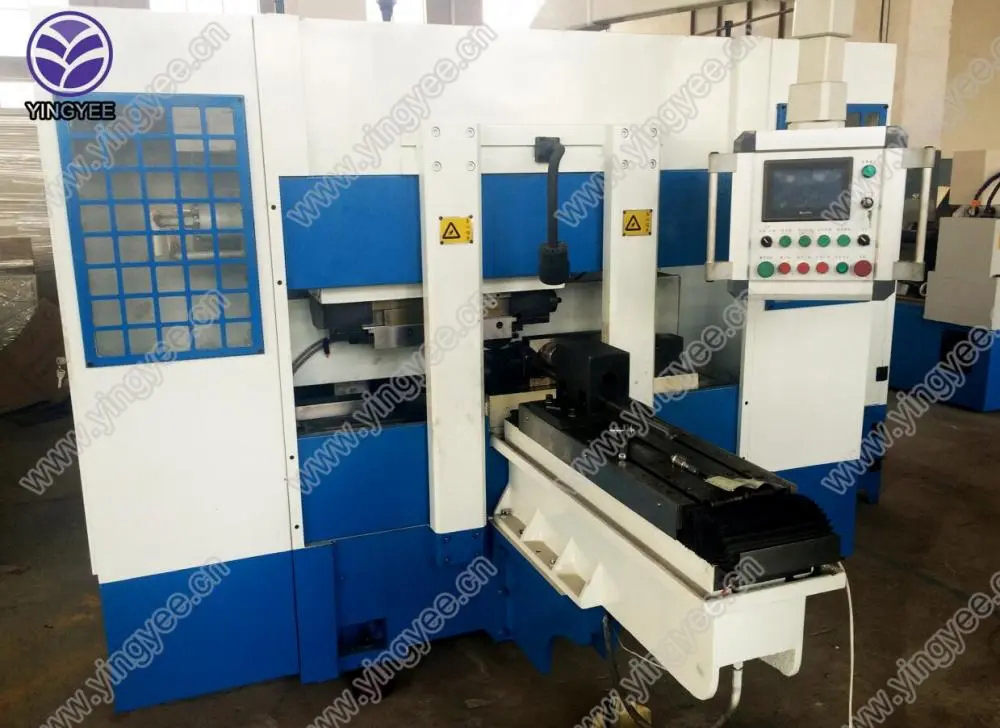
The Stainless Steel Tube Mill An Overview
Stainless steel tube mills play a crucial role in the manufacturing of stainless steel tubes and pipes, which are used across various industries due to their exceptional properties, including corrosion resistance, durability, and aesthetic appeal. Understanding the workings of a stainless steel tube mill provides insight into the production process, the technologies involved, and the applications of the final products.
The Manufacturing Process
The stainless steel tube mill operates on several key principles to transform raw stainless steel into finished tubular products. The process begins with the selection of stainless steel strip or coil, typically made of grades like 304 or 316, which are known for their strength and corrosion resistance. The selected material is then fed into the mill, where it undergoes multiple processes including slitting, forming, welding, and finishing.
1. Slitting The raw stainless steel coil is slit into narrower strips according to the specifications needed for the final tube dimensions. This step is essential as it determines the width of the tube that will be produced.
2. Forming The slitted strips are then shaped into a tubular configuration using a series of rollers. This process often involves bending the metal into a circular shape to prepare it for welding.
3. Welding The edges of the formed tube are joined together using welding techniques. Common methods include TIG (Tungsten Inert Gas) welding and laser welding. The choice of welding technique depends on the required strength, the thickness of the tube, and the end-use application. Proper welding is critical, as it directly affects the overall quality of the final product.
4. Sizing and Straightening After welding, the tubes are passed through sizing and straightening equipment. This process ensures that the tubes have the desired diameter and are free from any bends or warps.

5. Finishing To improve the surface quality and enhance the corrosion resistance, the tubes undergo finishing processes. These may include pickling, passivation, and polishing. The finishing step not only improves aesthetics but also ensures compliance with industry standards.
The Role of Technology
Modern stainless steel tube mills incorporate advanced technologies to optimize production efficiency and product quality. Automation systems, which include real-time monitoring and control, streamline the manufacturing process, reduce waste, and enhance precision. Additionally, digital technologies and machine learning are increasingly being utilized to predict potential failures and minimize downtime.
The adoption of environmentally friendly practices is also becoming prominent in tube mills. For instance, mills are implementing recycling processes to reduce scrap and ensure that as much stainless steel as possible is reused. This not only lowers production costs but also aligns with global sustainability goals.
Applications of Stainless Steel Tubes
The versatility of stainless steel tubes makes them suitable for a wide array of applications across different sectors. In the automotive industry, they are commonly used for exhaust systems and fuel lines. In the construction sector, stainless steel pipes serve as essential components in plumbing, handrails, and architecture due to their durability and corrosion resistance. Furthermore, industries such as food and beverage, pharmaceuticals, and oil and gas rely on stainless steel tubes for their inherent hygienic properties and ability to withstand harsh conditions.
Conclusion
In conclusion, stainless steel tube mills are integral to the production of high-quality stainless steel tubes that serve multiple industries. The combination of advanced technology and skilled craftsmanship ensures that these products meet the stringent requirements demanded by today's market. As industries continue to evolve, the importance of stainless steel tubes, and by extension, the mills that produce them, will only grow. This makes understanding the processes and technologies behind stainless steel tube mills essential for anyone involved in manufacturing or engineering sectors.